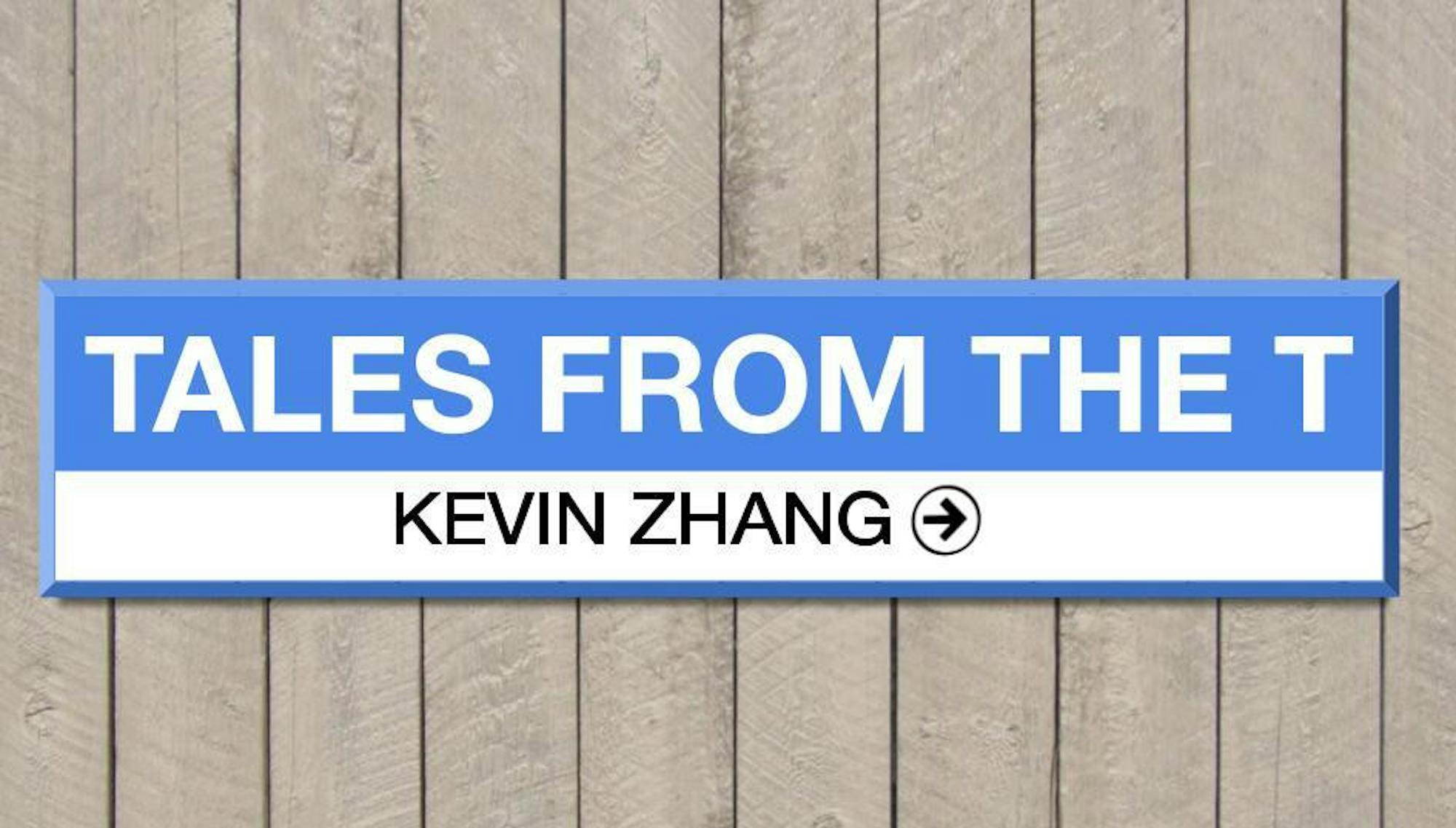Today’s topic is a laughable excuse of a project, a dumping ground of wasted potential and crushed dreams, a mere shadow of what it should have been. No, not you, the Silver Line. The Silver Line was envisioned as Bus Rapid Transit (BRT), a transit mode that uses design features like off-board fare payment and dedicated bus lanes to provide subway-like service using buses. BRT has been successfully built worldwide in cities like Guangzhou, Bogota and Albuquerque. It has not been successfully built here in Boston.
The Silver Line is composed of two separate parts: the Waterfront system and Washington Street system, opened in 2004 and 2002, respectively. The Waterfront system comprises the SL1, SL2 and SL3 routes. They run from South Station to the Seaport through a dedicated bus tunnel, before continuing to Logan Airport (SL1), the Design Center complex (SL2) and Chelsea (SL3). The SLW route also runs between Silver Line Way and South Station during rush hours.
Construction of the Waterfront system cost over half a billion dollars. For that price, we got a single mile of bus tunnel and buses that run in mixed traffic alongside cars (i.e., regular buses) a mere most of the time. Credit where credit is due: The tunnel features modern stations, off-board payment and dedicated lanes. Here, the Silver Line is BRT.
Minus the rapid part — the Waterfront lines are actually slower than the street-level lines they replaced. Part of this is a time-consuming switch buses make between electric and diesel power when entering/leaving the tunnel. You’d still think having a dedicated tunnel would mean faster speeds anyways — but the buses actually run faster above ground than underground. Speeds are capped at 15 mph underground, lest the buses crash into the tunnel walls. If only there was a way to guide the vehicles’ wheels through the tunnels using steel rails… nah, that’s too far-fetched.
Then there’s the Washington Street system: the SL4 and SL5, which run from Nubian Square along Washington Street into downtown via two loops. Some background: The Orange Line used to run above Washington Street. When it was demolished and relocated to its current route in 1987, the MBTA planned replacement service along this busy corridor. At first, this would be a new Green Line branch. An excellent idea: This would restore frequent, fast rail transit. Then, electric, wire-powered trolleybuses were selected. An okay idea: This still meant clean, quiet transit. Then, regular buses were selected. An… idea (It’s worth noting that this corridor primarily serves lower-income POC communities. Make of that what you will).
Again, credit where credit is due, it’s a decent bus — it’s got frequent service and some bus lanes. But it’s just a bus — it’s slow and lacks many key features that define true BRT, an insult to the corridor’s communities to which rapid transit was promised. Sure, the Waterfront routes are buses cosplaying as subway trains. But the Washington Street routes are buses cosplaying as better buses.
The two systems of the Silver Line were supposed to be joined by a tunnel between Boylston and South Station, but this was scrapped in 2010 for cost reasons. The result is not one, but two profoundly mediocre pseudo-BRT systems that underdeliver to their respective communities. There is one key exception: the SL3, which has the potential to be part of a new, genuinely revolutionary transit system for Boston. But that’s a story for next time!






